Learning enhancement elements
If we consider the elements that facilitate the learning in the disposition of the space we will obtain like result spaces that will multiply the possibilities of learning of the students
Learning facilitators
- Participation and active participation of the student
- Social nature of learning
- Importance of emotions and motivation
- Take into account the individual differences and previous knowledge
- Value of effort and the desire to overcome
- Connections between areas of knowledge (global learning)
- Personalization of the learning: double glance individual / group
- Reduction of stress Significant and vivid learning
- Cooperative work and co-creation of knowledge
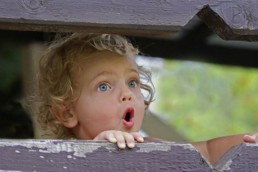
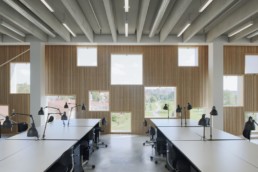
Space facilitators
- Spacious and structured spaces
- Natural lighting and light sources directed according to needs
- Furniture and spaces with shapes and colors of nature
- Connection with green spaces and indoor natural spaces
- Spaces and materials that cushion the ambient noise and the impacts generated
- Temperature and humidity of comfort
- Circulation of air that promotes correct ventilation and renewal of air.
From each school, a specific approach can be made about the needs of the different educational spaces, from the center’s educational project and from the activities to be carried out. For the design you can consider different or unified spaces with the necessary versatility that contemplates them. We point to possible spaces and their needs according to the educational parameters and the learning facilitators described above.

Spaces for group work
Spaces to promote dialogic learning, learning in relation to others. We will have to talk, read, write, experiment with materials, search with the computer or in the reference books and work with materials of different sizes.
Individual work or study
It is important that there are spaces to carry out individual research, reading, reflection and production activities. These have to contemplate different ways of doing this space, not all children are concentrated in a table and a chair. The space must allow the creation of small individual corners that help the concentration.

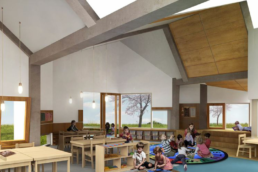
Flexible groupings
We often change the structure of the group of reference class, we can divide the group into two and while others do one activity, the other does another, or mix groups -class according to ages, interests, depending on the objective we pursue . Therefore, we will have to have spaces that must be expanded to accommodate different groups, but at the same time, it will be necessary to facilitate the different groupings in the same space.
Assemblies and debates
At different times of the day or the week it will be necessary for the big group to meet together. We need to be able to give information, explain the next activity or debate on a topic. That is why it will be necessary to have a space that fosters the debate between peers and adults.
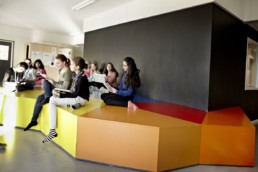
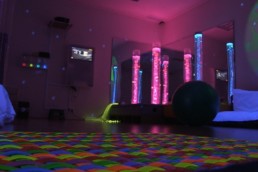
Sensory classrooms
The sensory stimulation classrooms are designed to offer controlled sensory stimuli, enclosed spaces where they generate visual, auditory, tactile stimuli … that help integrate learning and stimuli in every way.
Technology classrooms
We combine the ideas of laboratory, computer room and experimentation to obtain a space where we can investigate with different materials and products including robotics. They are multipurpose spaces since they can be used in almost all educational competencies and with different methodologies.
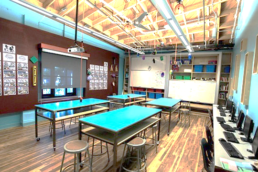

Flipped clasrrom
Students study a subject based on their own interests, construct content and teaching aids in a group in order to teach it to other classmates. Look at these three great moments: Individual work or study, Research and generation of contents and Explanation to the large group.
Library
The library should be a quiet and cozy space, with a disposition that allows visualization and access to books and comfortable corners to encourage reading.
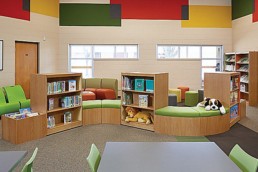
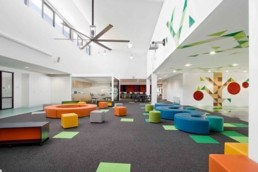
Common space
Space for the meeting, broad and luminous that welcomes people and favors their relationship.
Outer space
Connection of the interior with the exterior with all the educational possibilities that open and expand. Space for movement, meeting, discovery and the link with the environment.

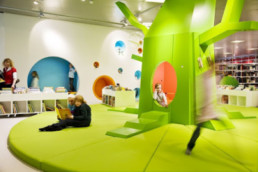
Space for games
Inner space designed to develop all kinds of games: from symbolic play to board games.
Atelier
A well-designed workshop with nonspecific and provocative material to experience sensations and creativity when it comes to learning scientific, linguistic, mathematical, etc.




